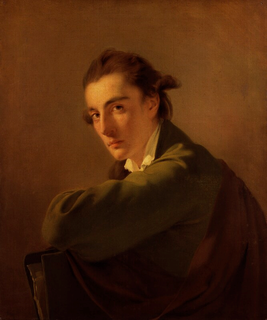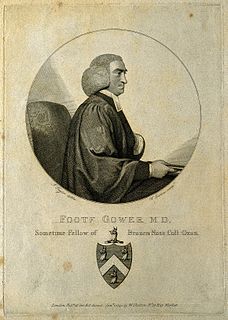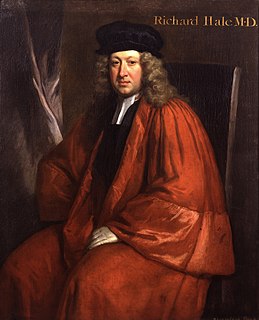Related Research Articles

Newbury is a market town in the county of Berkshire, England, which is home to the administrative headquarters of West Berkshire Council. The town centre around its large market square retains a rare medieval Cloth Hall, an adjoining half timbered granary, and the 15th-century St Nicolas Church, along with 17th- and 18th-century listed buildings. As well as being home to Newbury Racecourse, it is the headquarters of Vodafone and software company Micro Focus International. In the valley of the River Kennet, 26 miles south of Oxford, 25 mi (40 km) north of Winchester, 27 mi (43 km) southeast of Swindon and 20 mi (32 km) west of Reading.

Edward Haytley was an English portrait and landscape painter of the 18th century. He was born in 1713, but his works are documented to the period 1740–1764; other biographical detail is equally sparse, but the background of some early professional associates and early sitters suggests he may have come from Lancashire.

John Fielder Mackarness was a Church of England bishop.

William Oliver was a British physician and philanthropist, and inventor of the Bath Oliver. He was born at Ludgvan, Cornwall, and baptised on 27 August 1695, described as the son of John Oliver the owner of the Trevarno Estate. His family, originally seated at Trevarnoe in Sithney, resided afterwards in Ludgvan, and the estate of Treneere in Madron, which belonged to him, was sold in 1768 after his death. When he decided to erect a monument in Sithney churchyard to the memory of his parents, Alexander Pope wrote the epitaph and drew the design of the pillar. He was admitted a pensioner of Pembroke College, Cambridge on 17 September 1714, graduated M.B. in 1720, and M.D. in 1725, and to complete his medical training, entered at Leiden University on 15 November 1720. On 8 July 1756 he was incorporated at Oxford, and he was elected a Fellow of the Royal Society on 22 January 1729–30.

William Budd was an English physician and epidemiologist known for recognizing that infectious diseases were contagious. He recognized that the "poisons" involved in infectious diseases multiplied in the intestines of the sick, were present in their leaks, and could then be transmitted to the healthy through their consumption of contaminated water.

Henry Revell Reynolds was an English physician.

John Painter Vincent (1776–1852) was an English surgeon.

Richard Hurlstone or Richard Hurleston was a British portrait painter known for being a pupil of Joseph Wright of Derby. He went to Italy with Wright and his wife. He returned and died young after being hit by lightning on Salisbury Plain.

Pelham Warren (1778–1835) was an English physician.

Sir Richard Jebb, 1st Baronet M.D. (1729–1787) was an English physician. He was noted for his success as a society doctor and royal physician.
Thomas Lawrence (1711–1783) was an English physician and biographer, who became President of the Royal College of Physicians in 1767.
Sir Richard Manningham M.D. (1690–1759) was an English physician and man-midwife, now remembered for his involvement in the Mary Toft hoax.
Sir Paul Jodrell M.D. (1746–1803) was an English physician, in India in the latter part of his life.
Charles Coates was an English cleric and antiquarian.

Foote Gower (1725/6–1780) was an English cleric, academic and antiquarian.

Daniel Lysons M.D. (1727–1800) was an English academic and physician.
Sir Francis Milman, 1st Baronet, FRCP, was an English physician.
Cutts Barton, (1706–1780) D.D. was an English cleric, Dean of Bristol from 1763 to 1780.
Richard Huck-Saunders (1720–1785) was an English physician, for most of his life known as Richard Huck.

Richard Hale M.D. (1670–1728) was an English physician, elected a Fellow of the Royal Society in 1721.
References
- ↑ "Budd, Richard (1746–1821), physician | Oxford Dictionary of National Biography" . Oxford Dictionary of National Biography (online ed.). Oxford University Press. 2004. doi:10.1093/ref:odnb/3880.(Subscription or UK public library membership required.)
- ↑ "Munks Roll Details for Richard Budd". munksroll.rcplondon.ac.uk. Retrieved 2018-06-02.